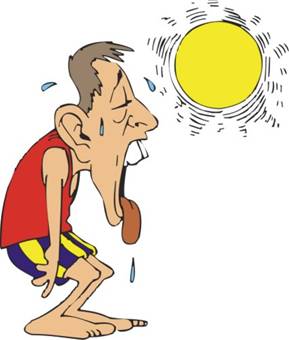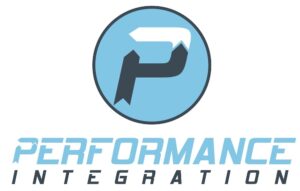It finally has got hot in Chicago. Summer is here now. You may enjoy this nice weather by running, cycling and playing sports, and your children may participate summer camps and sports activities. You want to prevent being heat illnesses. Here is information from NATA (National Athletic Trainers’ Association).
Dehydration and Heat Illnesses
- As a rule-of-thumb, most athletes should consume 200 to 300 milliliters of fluid every 15 minutes of exercise.
- It takes only 30 minutes for cell damage to occur with a core body temperature of 105 degrees.
- Exertion heat stroke is one of the top three killers of athletes and soldiers in training.
- From 2010-15, 20 athletic heat stroke fatalities were reported.
- It takes 7 to 14 days for a body to adapt to exercising in the heat.
- Dehydration at levels of 3 to 4% body mass loss can reduce muscle strength by an estimated 2%.
Safety Tips
- Have sports drinks on hand for workout sessions lasting longer than an hour.
- Keep beverages cold – cold beverages are consumed 50% more than warm beverages.
- Hydrate before, during and after activity.
- Remove unnecessary equipment, such as helmets and padding, when environmental conditions become extreme.
- Clothing worn by athletes should be light colored, lightweight and protect against the sun.
- For the 1st week or so, hold shorter practices with lighter equipment so players can acclimate to the heat.
- Follow a work-to-rest ratio, such as 10 minutes breaks after 40 minutes of exercise.
- Get an accurate measurement of heat stress using a wet-bulb globe temperature, which accounts for ambient temperature, relative humidity and radiation from the sun.
- If someone is suffering from exertional heat stroke, remember to cool first and transports second.
- Have large cold tubs ready before all practices and games in case cold water immersion is needed to treat exertion heat stroke.
Based on my experience as an athletic trainer, I have seen that many people do not drink enough before and after activity. It is important to hydrate through out a day. Hydrate before activity helps your performance during activity and hydrate after activity helps recovery.
Cool first and transport second for exertional heat stroke!!!
Reference: NATA News July 2015


